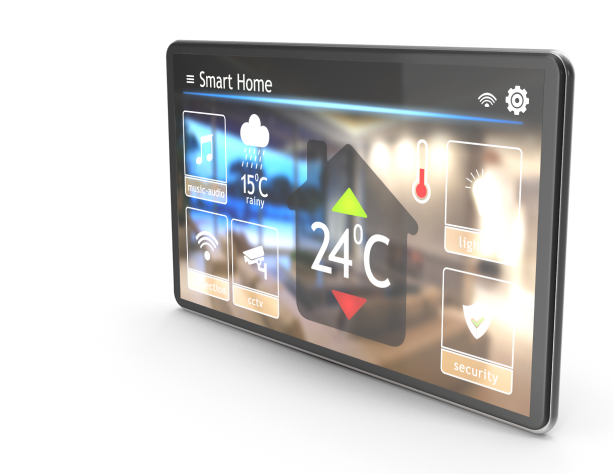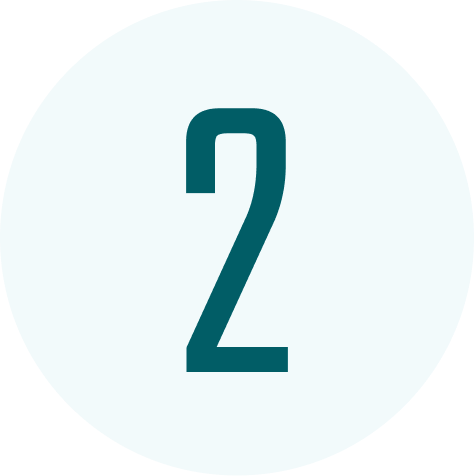PRODUCT DEVELOPMENT
marketable, user friendly and engaging software products
We develop customized desktop, mobile, and web applications with cutting-edge functionality for business users or individual customers.

Our Processes

Evaluation
The early phase of product development begins with the generation of new product concepts. This is the stage of product innovation, where you generate product ideas based on customer requirements, concept testing, and market analysis.

Design
Once the business case has been established and the target demographic and product features have been discussed, it is time to outline the product. It focuses on improving the product strategy and is also known as scoping or idea development.

MVP Development
It is time to move on to the next phase of the product life-cycle development process when the most critical feature of the product is identified and are developed using the agile methodology. A constant feedback loop with the customer ensures that MVP meets the most critical challenges and goals of the product.

Deployment
Once the MVP is ready, efforts shift from development to deploying the product in the live environment. This process involves embracing the DevOps culture and implementing the CI/CD pipeline.

Marketing
Commercialization is an umbrella term that encompasses numerous methods for ensuring the success of a new product. Nothing can prevent a product from gaining attention and being a product-market fit if all the Steps fall into place

Continuous Feedback and Enhancement
Great products are not developed in a vacuum; you need a continual process for gathering user feedback to steer your product roadmap, modify your messaging, and gauge customer happiness.

Operations
This is an on-going process ensuring that the product is available in production according to the SLAs (Service Level Agreement). Introduction of DevOps in operations ensures that the development and operations team are always hand in hand towards early detection of issues.

Evaluation
The early phase of product development begins with the generation of new product concepts. This is the stage of product innovation, where you generate product ideas based on customer requirements, concept testing, and market analysis.

Design
Once the business case has been established and the target demographic and product features have been discussed, it is time to outline the product. It focuses on improving the product strategy and is also known as scoping or idea development.

MVP Development
It is time to move on to the next phase of the product life-cycle development process when the most critical feature of the product is identified and are developed using the agile methodology. A constant feedback loop with the customer ensures that MVP meets the most critical challenges and goals of the product.

Deployment
Once the MVP is ready, efforts shift from development to deploying the product in the live environment. This process involves embracing the DevOps culture and implementing the CI/CD pipeline.

Marketing
Commercialization is an umbrella term that encompasses numerous methods for ensuring the success of a new product. Nothing can prevent a product from gaining attention and being a product-market fit if all the Steps fall into place

Continuous Feedback and Enhancement
Great products are not developed in a vacuum; you need a continual process for gathering user feedback to steer your product roadmap, modify your messaging, and gauge customer happiness.

Operations
This is an on-going process ensuring that the product is available in production according to the SLAs (Service Level Agreement). Introduction of DevOps in operations ensures that the development and operations team are always hand in hand towards early detection of issues.
Case Studies
Building legacies more than just software
Multi-Tenant Ecommerce Platform Development
SAFRA's Data Migration and Microservices Implementation
DevOps Synergy
Enterprise Integration Platform
Transformed Retail Analytics at Imtiaz Super Market
Driving Real-Time Decision-Making Excellence at Packages Group
Multi-Tenant Ecommerce Platform Development
SAFRA's Data Migration and Microservices Implementation
DevOps Synergy
Enterprise Integration Platform
Transformed Retail Analytics at Imtiaz Super Market
Driving Real-Time Decision-Making Excellence at Packages Group
Have a Question? Look here
We cannot possibly answer this question precisely because some projects can be finished in 2 to 3 weeks, while others may take several years to complete. To provide a more accurate estimate, we must first evaluate the complexity and scope of the work. With that information, we can then provide an estimated time frame.
Share the details of your project – such as scope, timeframes, and business challenges you’d like to solve – and, based on the input provided by you, we can then kickstart the project.
We operate in short iterations and regularly test the results, considering both customer preferences and the target audience’s reaction. This approach enables us to deliver high-quality products while meeting the specified deadlines. Quality is our top priority.
Yes, we are always glad to provide technical support and service to the apps we have developed. We can also further develop your software product if you need to implement new features or integrate third-party services.
The primary methodology we use in our work is Agile, although the choice may vary depending on the specific project. An iterative approach to project work allows us to continually improve product quality and gather consistent customer feedback.
BlocBelt offers its customers several pricing models, which allows any company to choose the best option: Fixed Price, Time & Materials, or Dedicated Team Model.
Yes, sure. If you want to sign an NDA, we are always ready to do so.



